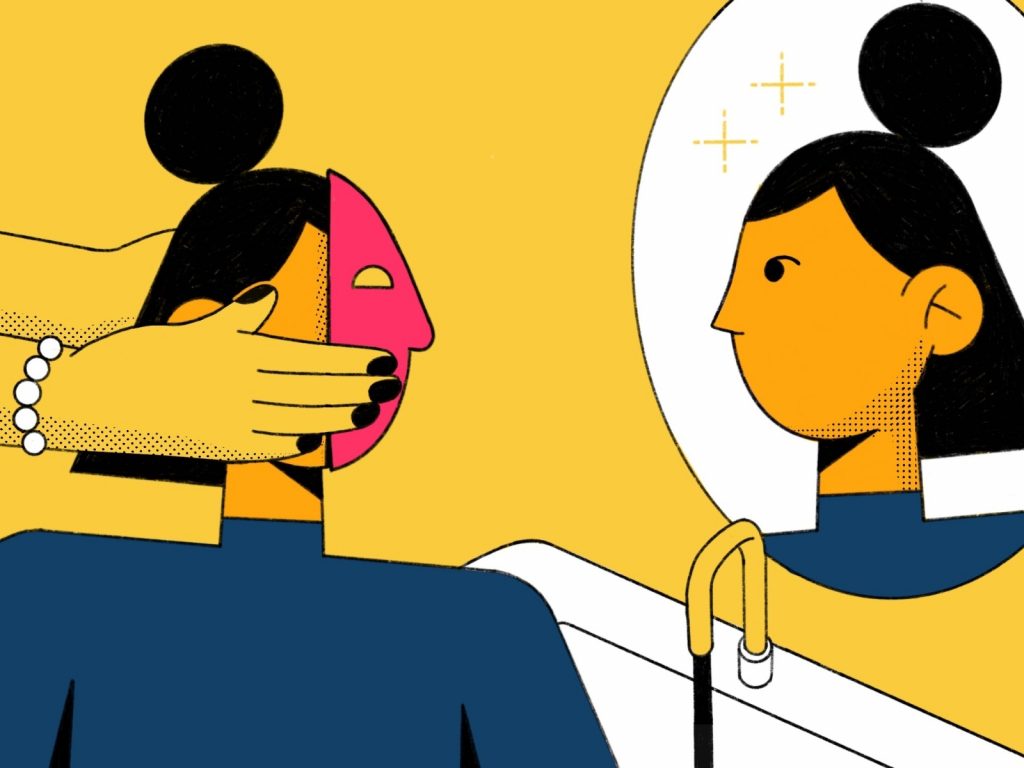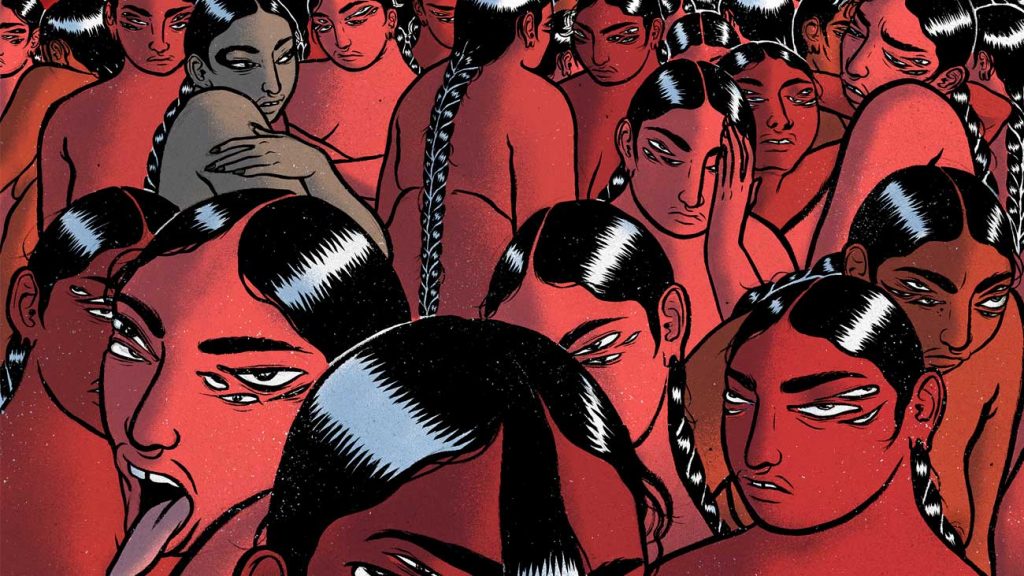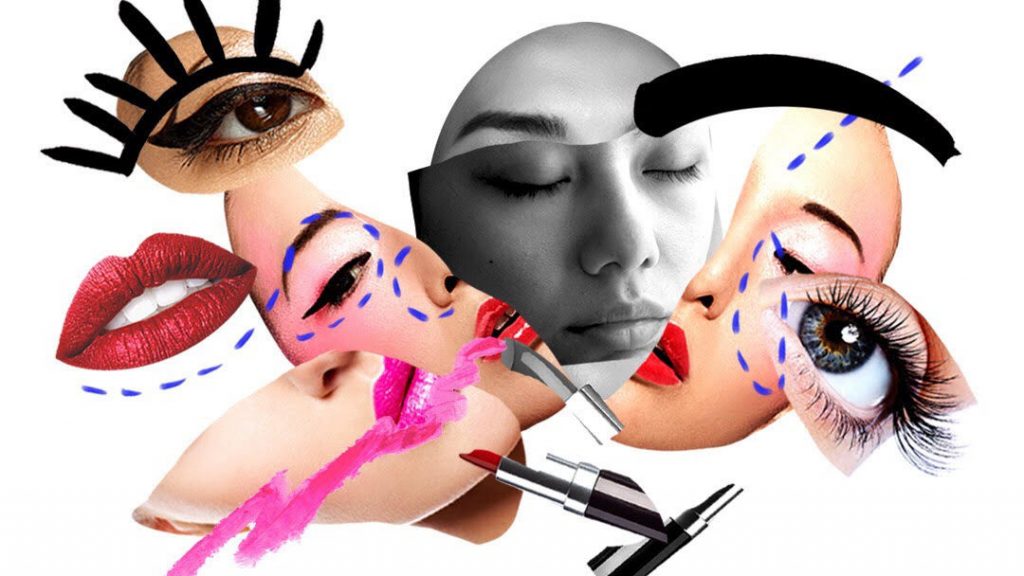
Decoding Beauty Standards
What are the beauty standards to you? Because of globalisation and access to the internet, some of you might say a small nose, big eyes, an hourglass body, etc. Your answers aren’t wrong but, have you ever wondered why these exist? We all know beauty standards have changed through time, and much work has been done on it. On the contrary, we find very little on spatial division of beauty standards and the reasons behind the spatial differences.Through a comprehensive analysis of Western and Asian beauty standards we can see how certain beauty standards have risen and the inherent reasoning behind the existence of said beauty standards. Some of the analysis can be seen as a generalisation of standards since the span of area we are trying to understand is large.

Western Standards of Beauty
A quick browsing of the internet revealed innumerable Western ideals which seem almost impossible to achieve by one person alone. Many internet celebrities, like the Kardashians, themselves have to really dig deep into their pockets to become the ideals others strive to be. The beauty standard of the West can be seen as a strange mix between features of a child and that of an adult. This mixture has drawn much criticism as expectations of a slim body, hairless and clear skin, big blue eyes and voluptuous breasts and ass have made people ponder about how this is the coexistence of infantilization and extreme male gaze ideals.
The adherence towards said male gaze is an extremely important characteristic for Western beauty ideals. There is a clear distinction between masculine and feminine attributes in the West. For quite some time, any man exhibiting even slightly feminine traits was marked up to being a homosexual, this also led to the caricatures of gay men which demonises feminine traits expressed by a man. There is some research work done on how extreme femininity, shown even by females, is demonised by the media and the ‘mean girl’ always tends to be shown as extremely feminine. This has resulted in young girls having to somehow find a balance between being feminine but not being feminine.
Race has also significantly shaped the Western beauty standards. No single community except white people has been left untouched by racism; this has also led to severely low self esteem concerning physical appearance. For decades white skin has been seen as superior to any other skin shade. Added to this the long silky hair, big blue eyes, thin noses and a slim build, it is self-evident how discriminative these standards are. Africans brought to the wes due to the Trans-Atlantic slave trade were regarded as inferiors to their masters and were racially profiled because of their physical features. Their hair was exceptionally criticised and was called wild and unkempt and used as justification for profiling people of African descent as unruly and rowdy. Women were instructed to cover it and this racial standard has seeped into society today as African Americans maintain that their chances of getting hired are reduced if they sport their natural hair. Women are forced to straighten their hair so as to adhere to the standards imposed; this causes severe heat damage.
Nowadays a new trend in Western sphere can be noticed, one of racial ambiguity. Big lips like the african americans, fox eyes like those of Asians, brows like those belonging to people of south Asian descent and a body inspired by the very popular Brazilian plastic surgery trend Brazilian Butt Lift has taken over America. An interesting fact around this racial ambiguity is that these features become more celebrated on people who are fully or partially ethnically white compared to people belonging to other races.
People living in the West feel the need to assimilate into these standards thus leading to the immense boom seen in the plastic surgery industry. People, especially women, feel the constant need to keep up with these standards leading to an aversion to aging. Botox is an extremely common treatment for those who can afford it.

Asian Standards of Beauty
The Asian ideals are heavily influenced by the West. Some could attribute this to trends in globalisation but, some standards have found place in Asia due to imperialism as well. In India the pedestal given to fair skin when it comes to beauty is unrivalled. Some scholars suggest that this could be due to the British colonisation policies and how Indians, especially those with dark skin were made to feel inferior. The colonial policies also caused scientific racism in India, instances of this kind of racism can be seen with the division between dravidians and aryans based on their skin colour and nose shape. Other scholars also suggest that the Mughals, who came from central asia and had fairer features, could have also led to the idealisation of fair skin amongst the natives way before British colonisation. The strive for fair skin is pretty evident in most Asian countries, even those which haven’t been colonised. In Japan, Korean and China people with fairer skin were supposed to be coming from rich families as it indicated that they did not toil in the sun all day and had the privilege of staying in comfort and working. This also shows how beauty standards tend to be extremely classist as they often regard the features of lower class people as unappealing.
Asia has an extreme bias for Eurocentric features. This can be seen in the promotion and popularity of actresses who have more European features. The Middle East is a mixing pot for many cultures, a lot of ethnically white people coming in with the crusades led to the rise of eurocentric standards. Women are attributed status as per relative fairness and rhinoplasty to get rid of the native aquiline nose is the most common plastic surgery done in this region.
The idealising of the West in the past has led to further idealisation in the present. People go through extremely dangerous surgery to become taller forgetting that geography affects ones entire build. A man who had surgery to become taller has now become paralysed since this surgery is extremely dangerous and the risks attached are enumerable. Many try dangerous treatments like skin bleaching to become more desirable in the eyes of society.
Conclusion
Our physical features have evolved in a way that suits our geographical location. The most obvious example of this being the generation of melanin.The never-ending attempt to fit beauty ideals can prove detrimental to our mental and physical health. Beauty standards are often pushed by profit motivated companies trying to exploit people’s insecurities.
The standards are set impossibly different from what an everyday person might look like but these standards can still be seen all over the internet. The influencers who set these standards for everyday people themselves find it excruciatingly hard to live up to these standards and resort to photoshop, surgery and other forms of manipulation.
Rather than living to these standards, which generally are not naturally occurring, we should get rid of them. There is absolutely no standard to how one should look. Yes, there are generalisations which rise due to geographical and genetic reasons but these generalisations in no way dictate how everyone should look. Standards are extremely harrowing for one’s esteem and have often led to mental disorders concerning body and self image. We should celebrate our uniqueness without any negative correlations. Let’s get rid of these set ideals and work towards acceptance of all.
Written by: Prisha Patnaik
Edited by: Sreelakshmi
Author

